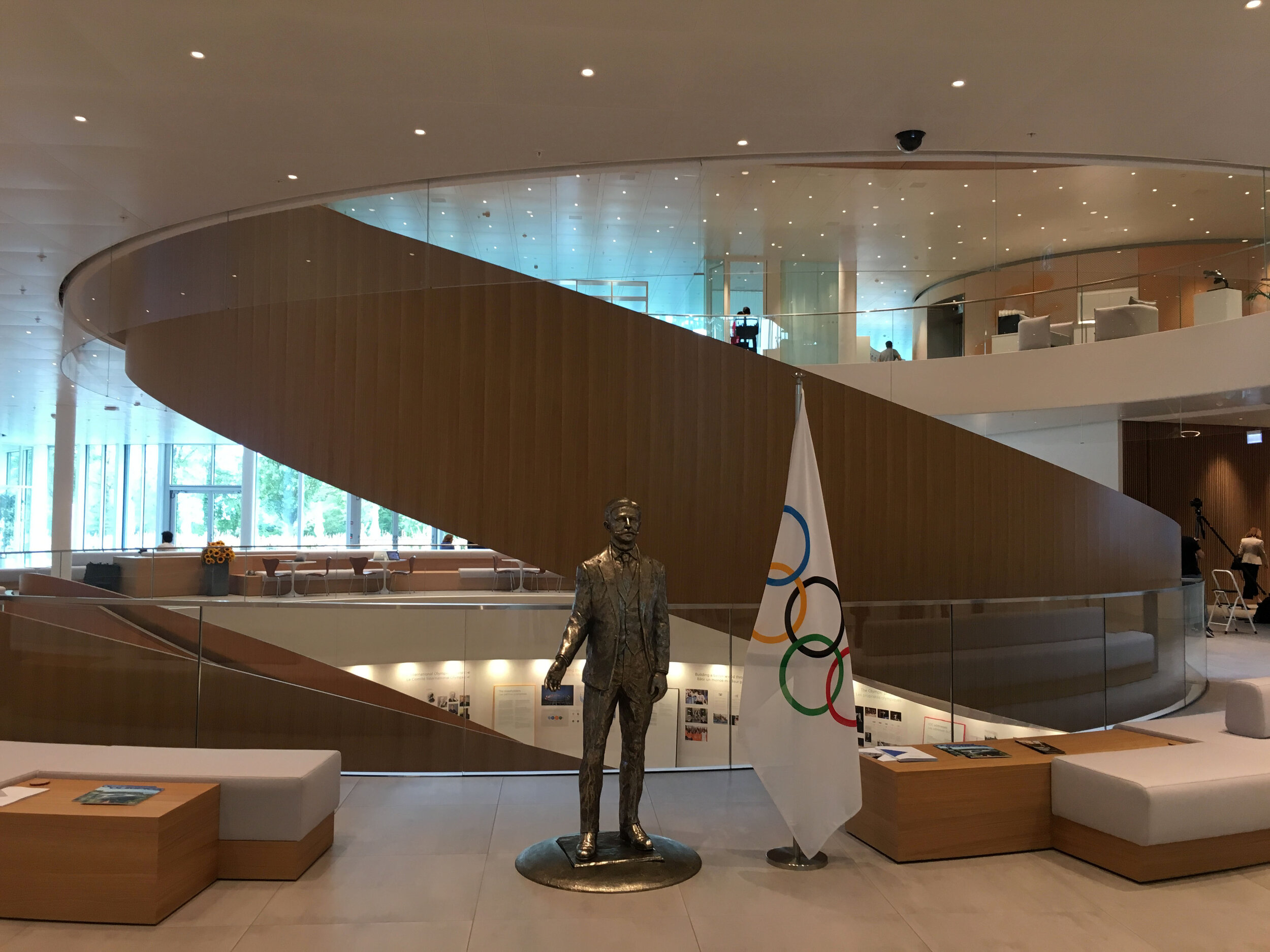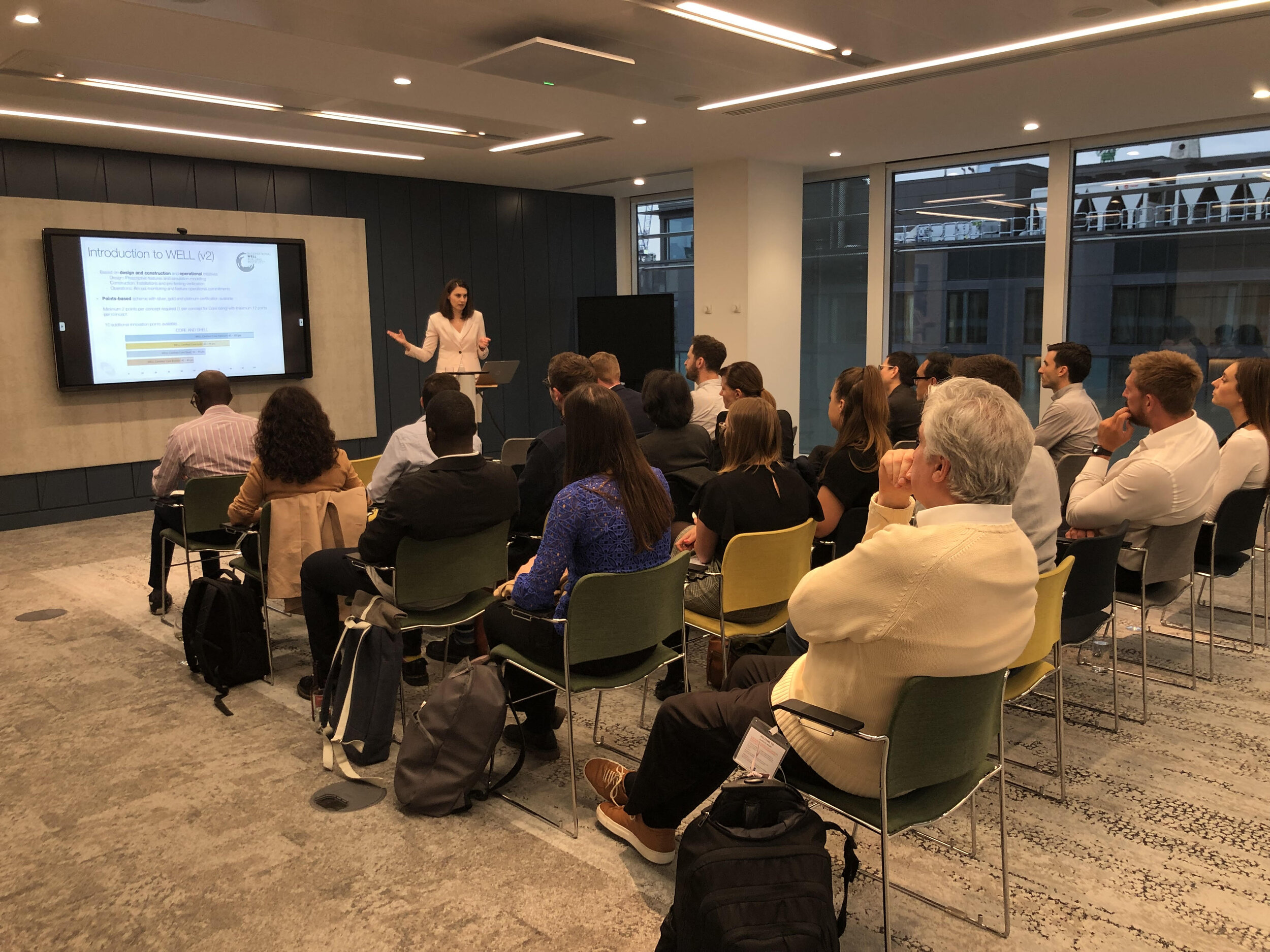David Walker has now spent half of his life in the UK, with the past 17 years in his own practice. He believes ‘this American thing is no longer relevant. In fact, being American could still be a detriment’. When asked outright if he was an American or British architect, he replied - after serious consideration - he feels more a British architect than an American one, but ‘if you ask my clients and other professionals who I work with, they would probably hesitate and settle on ‘American’’. With a lighter note, he believes ‘some might hope I remain Canadian.’
On the other hand, Stephen Reinke claims to be ‘probably the most quintessential American you could ever meet’; however, he maintains ‘there is no longer a particular American-ness in architecture. Good clients quickly pass on from ‘are you an American?’ and accelerate to ‘do you know your stuff?’’.
Samantha Cooke does not hesitate to describe herself matter-of-factly as ‘an American architect working in the UK’ but adds the qualification, ‘on projects everywhere but in Britain’. Alex Miller says he will ‘always be from Texas.’ When asked what he is doing in the UK, he responds, ‘trying to be the best architect I can; my approach is US, but my experience is UK’.
Whereas David Green felt compelled on arrival in the UK to draw attention to his British ancestry, he now recognises that ‘being an American in London is the perfect combination’. Lee Polisano is unequivocal in his statement: ‘PLP is not hired because it is American – it is an office of individuals’ without any reference to national stereotypes.
Chris Harvey recalls the standing joke that Americans ‘can be heard coming, their cheerleader ‘rah rah’ voices at a volume two to three notches too high’. It might be a slow process, but Americans can acclimatise - ‘they can calm down’. In a journey not atypical of other architects, Harvey started in the US, worked on projects in Europe, moved to the Middle East, relocated to Chicago, returned to the UK for projects in China and is now safely ensconced in KPF. Chris claims he is ‘American, but thinks British’ – or is this what it means to be a ‘citizen of the world’?
Like David Walker, Kevin Flanagan has a Canadian backstory, and his tri-part American, British and European training also exposed him to ‘multiple views’ early in his career. Without actually claiming global citizenship, he simply resists national branding. Steven Steimer, who was unavailable for comment, moved back to the US many years ago, and it can only be assumed that he has profited from his design experiences in the UK.
The range of responses to the question of national identity are perhaps inevitable. It is said - after living in a foreign country - national identity begins to blur as local conditioning seeps into the sub conscience at varying rates. It is also reported that the US diplomates are discouraged from foreign assignments over four years, least they return with non-American thought patterns. Although unscientific, random sampling suggests Americans living in Britain stop hearing British accents after two years and hear American ones instead. However, there is no indication that any of this has a permanent effect on architectural quality.
When asked the direct question ‘is the distinction ‘American architect’ still relevant in today’s global market’, Justin Cratty does not query his Americanism, but - believing the UK title ‘architect’ is often too restrictive – queries whether he remains an architect at all given his deviation from a traditional role.
Perhaps, Alex Miller speaks for all when he confronts the relevance of the question itself. ‘Shouldn’t this’ he asks, ‘be about the challenges in the global market to the architectural profession as a whole? The way I see it, it is simply no longer about being American.’
Yes - but then - that would be an even longer, continuing story …













